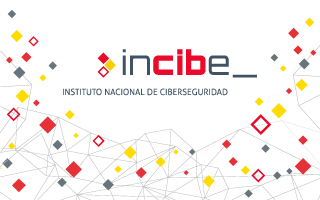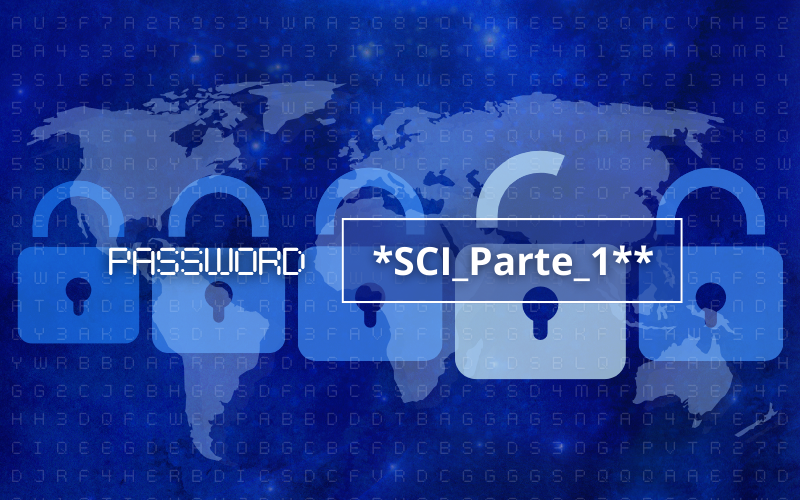
News updated on 18/12/2025

News posted on 27/11/2025

News posted on 20/11/2025

News posted on 18/11/2025

News updated on 13/11/2025

News posted on 11/11/2025

Blog posted on 24/04/2025
The Initial Access tactic is one of the 12 tactics that make up the matrix developed by MITRE for industrial environments (for more information on the matrix, feel free to consult the article ICS Matrix, the State of v11). Within this tactic, different techniques used by attackers with the aim of gaining unauthorized access to an industrial environment are shown. This is often the first target of external attackers, as access to the ICS's internal environment allows internal computers to be recognized and exploited, move around the network, gain elevated privileges, or steal sensitive information. Therefore, it is important to know this tactic in order to defend our systems

News posted on 17/03/2025

News posted on 27/12/2024

News posted on 26/12/2024



